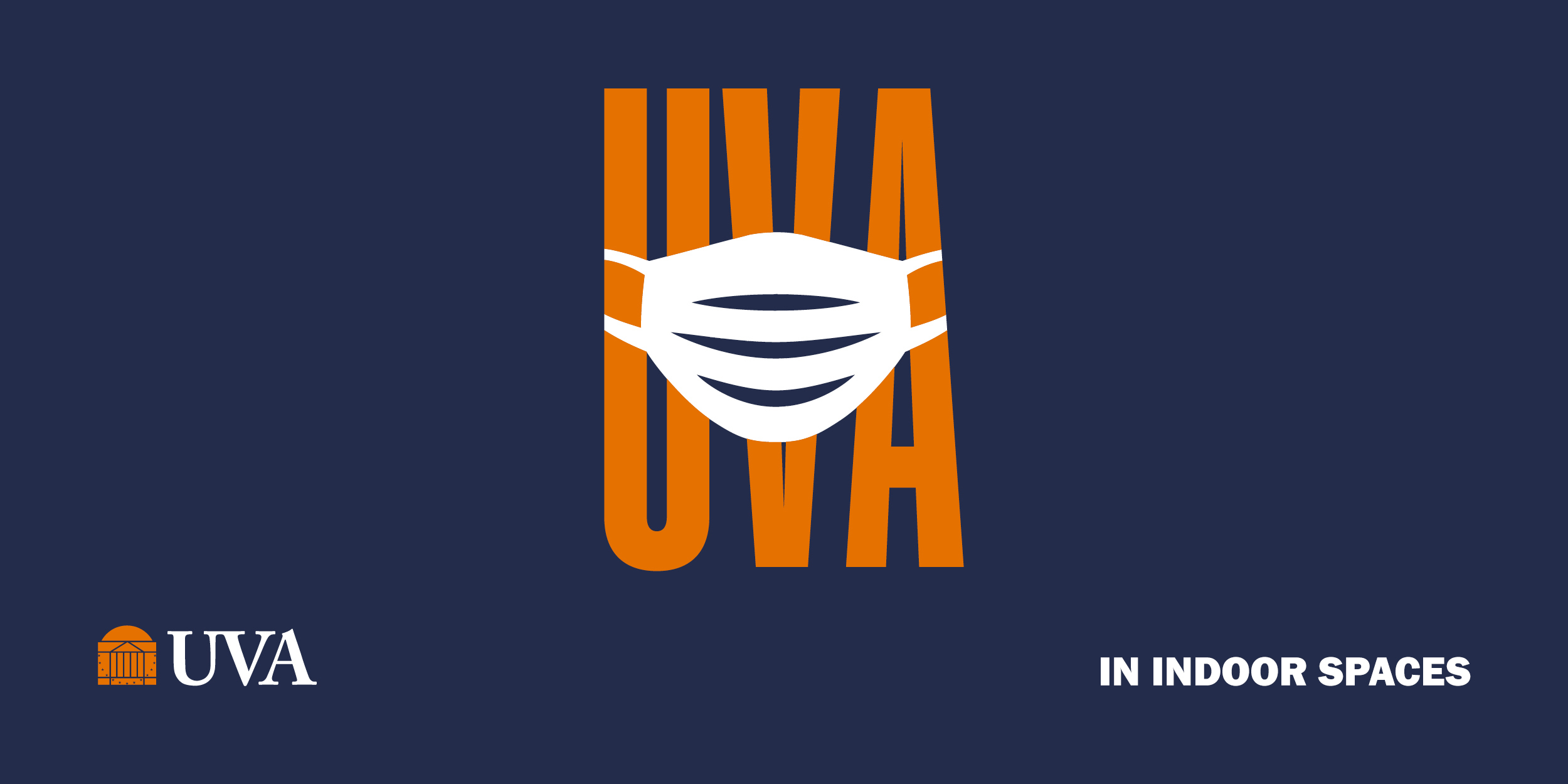Avery Walters, a third-year civil engineering student at the University of Virginia, has designed a passively cooled Cambodian farm school, a rapidly deployable shelter for displaced people, created 3-D models of Soviet spacecraft and is now working on a smart HVAC control system that manages indoor air quality and energy consumption as his capstone project.
He can add a John Mather Nobel Scholarship to his list of accomplishments.
Walters, whose studies focus on civil engineering with a concentration on environmental and water resources, will use the funds to network.
“The John Mather Nobel Scholarship enables me to travel to professional conferences, like the American Geophysical Union meeting this fall in New Orleans, where I can meet faculty and researchers from institutions across the world,” Walters said. “I’m a young engineer, so opportunities like this can shape my path quite drastically. Also, seeing that I’m applying to graduate programs, attending conferences like this lets me get to know some potential advisers.”
Established in 2008 by the John and Jane Mather Foundation for Science and the Arts, the John Mather Nobel Scholarship Program is awarded to interns who have demonstrated high academic achievement as well as a strong interest in space and the Goddard Space Flight Center. Recipients will meet with John C. Mather, senior astrophysicist, Goddard fellow and Nobel Prize recipient, as well as other distinguished people.
Walters, from Williamsburg, said receiving the scholarship helps him stand out as an applicant for future work with NASA. Walters has already interned at the Goddard Space Flight Center, where he created 3-D models of Soviet spacecraft.
“These renderings contribute to NASA’s historical archives and its greater mission to share information with the public,” Walters said. “For missions of Soviet origins, like Venera, information is harder to come by, but the demand for visuals persists. These renderings make use of the scarce records we have to produce clear and accurate renditions of historical spacecraft.”
The John Mather Nobel Scholarship is open to current NASA/Goddard Space Flight Center undergraduate and graduate student interns.
“I am very confident that Avery will accomplish big things in life,” said Venkataraman Lakshmi, a professor in the Department of Engineering Systems and Environment who worked previously as a research scientist at Goddard. “He is really interested in planning habitats on other planets. This would involve minimalistic construction, light-weight materials and sustainable sources of power. I think he will definitely be an innovator – maybe an inventor – as I see he is so interested in creating things. He will do graduate studies but, as is the case with students and young people who have so much intuition, he may not even need higher studies to make an invention.”
Walters also worked with Earl Mark, an associate professor in the School of Architecture, to design a rapidly deployable fabric structure for displaced people. Walters, who worked on the structural design and analysis, consulted Jose P. Gomez, a lecturer in the Department of Engineering Systems and Environment. The final structural design concept included a tensioned, fabric-skin structure and aluminum truss elements acting to support the structure.
“Avery quickly learned fundamental structural modeling and software application skills,” Gomez said. “He is an exceptionally gifted student, as is clearly reflected in his academic performance to date. What really impresses me even more than his intellect are his character traits of maturity, curiosity and sincerity. I have been teaching for more than 35 years and Avery is as fine a young person as I have ever had.”

Walters said his Goddard mentors told him his work at the Architecture School helped him achieve his internship with the space agency.
Teresa Culver, an associate professor in the Department of Engineering Systems and Environment and the assistant chair of undergraduate studies, has been Walter’s adviser since he came to the Engineering School and is currently teaching him in a stormwater management course. She views him as an active, engaged student.
“Avery is both a planner and deeply curious,” Culver said. “His level of sincere interest in learning about the world and engineering is extraordinary. His scientific curiosity is more like a doctoral student than an undergraduate. At this point in his life, his biggest challenge seems to be figuring out where to focus his efforts. … We have created a curricular plan to have Avery graduate in three years, but it is clearly difficult for him to forgo all those interesting classes that he might otherwise have taken. He is a straight-A student even though he is often taking a high credit load.”
Aside from being a driven student, Culver said Walters is “a very nice young man.”
“In the spring 2021, my teaching assistant and I moved our environmental engineering laboratory outside to maximize pandemic safety,” Culver said. “This required toting instruments and furniture in and out of the downstairs lab for each experiment. Avery would always volunteer to help, even if he was just happening by.”
Walters, a Rodman Scholar, has participated in the G.K. Chesterton Society, a University society to conduct theological and literary discussion, and Kinetic Sound, which puts on soloist/chamber music performances to large group performances. A graduate of Lafayette High School, Walters is currently applying to Ph.D. programs in engineering, but is also exploring professional engineering opportunities.
Even when working close to home, Walters thinks about distant worlds.
“My undergraduate capstone project in engineering will focus on developing a smart HVAC control system that manages indoor air quality and energy consumption,” Walters said. “This seemed particularly interesting to me because of its implications in extraterrestrial habitat design, not to mention its relevance in issues like healthy building design and climate change mitigation here on Earth.”
Media Contact
Article Information
September 22, 2021
/content/uvas-new-john-mather-nobel-scholar-wants-design-extraterrestrial-habitats

